Articles

Ashwagandha and Your Complexion
Ashwagandha's annoyingly difficult-to-pronouce compounds have properties that naturally work to reduce the swellings that characterize acne and a bad complexion. Meanwhile, Ashwagandha modulate those hormones most responsible for the extra sebum...
Ashwagandha and Your Complexion
Ashwagandha's annoyingly difficult-to-pronouce compounds have properties that naturally work to reduce the swellings that characterize acne and a bad complexion. Meanwhile, Ashwagandha modulate those hormones most responsible for the extra sebum...
Read more >
Protein-Rich Plants and the Future of Europe
Think of slaking a great thirst by pouring a tall glass of spring water onto a sponge, and then gnawing the sponge to get the water back out of it. That...
Protein-Rich Plants and the Future of Europe
Think of slaking a great thirst by pouring a tall glass of spring water onto a sponge, and then gnawing the sponge to get the water back out of it. That...
Read more >
How to Eat Starlight. Every Day.
A sun can throw unmediated energy at a cold wet rock for a million eons, and what do you get? A warm wet rock. Energy needs a mechanism to feed, to put...
How to Eat Starlight. Every Day.
A sun can throw unmediated energy at a cold wet rock for a million eons, and what do you get? A warm wet rock. Energy needs a mechanism to feed, to put...
Read more >
Calm and Alert? Game, Set, Matcha.
The mechanism by which Matcha supports normal cognitive function is complex—but not as complex as that frustrating search for your car keys.
Calm and Alert? Game, Set, Matcha.
The mechanism by which Matcha supports normal cognitive function is complex—but not as complex as that frustrating search for your car keys.
Read more >
Branched Amino Acids: Where Chemistry Meets the...
In the gym, you know your branched amino acids are working protein synthesis magic on your musculature. You can feel it! But you hesitate to talk about it. There is always the scary possibility the...
Branched Amino Acids: Where Chemistry Meets the...
In the gym, you know your branched amino acids are working protein synthesis magic on your musculature. You can feel it! But you hesitate to talk about it. There is always the scary possibility the...
Read more >
Ashwagandha! 6000 Years and Counting
In Sanskrit, Ashwagandha means “the smell of a horse”—so Sanskrit may not be the ideal language of the marketer. But for 60 centuries (whew!) traditional cultures have swooned over the herb's support...
Ashwagandha! 6000 Years and Counting
In Sanskrit, Ashwagandha means “the smell of a horse”—so Sanskrit may not be the ideal language of the marketer. But for 60 centuries (whew!) traditional cultures have swooned over the herb's support...
Read more >

